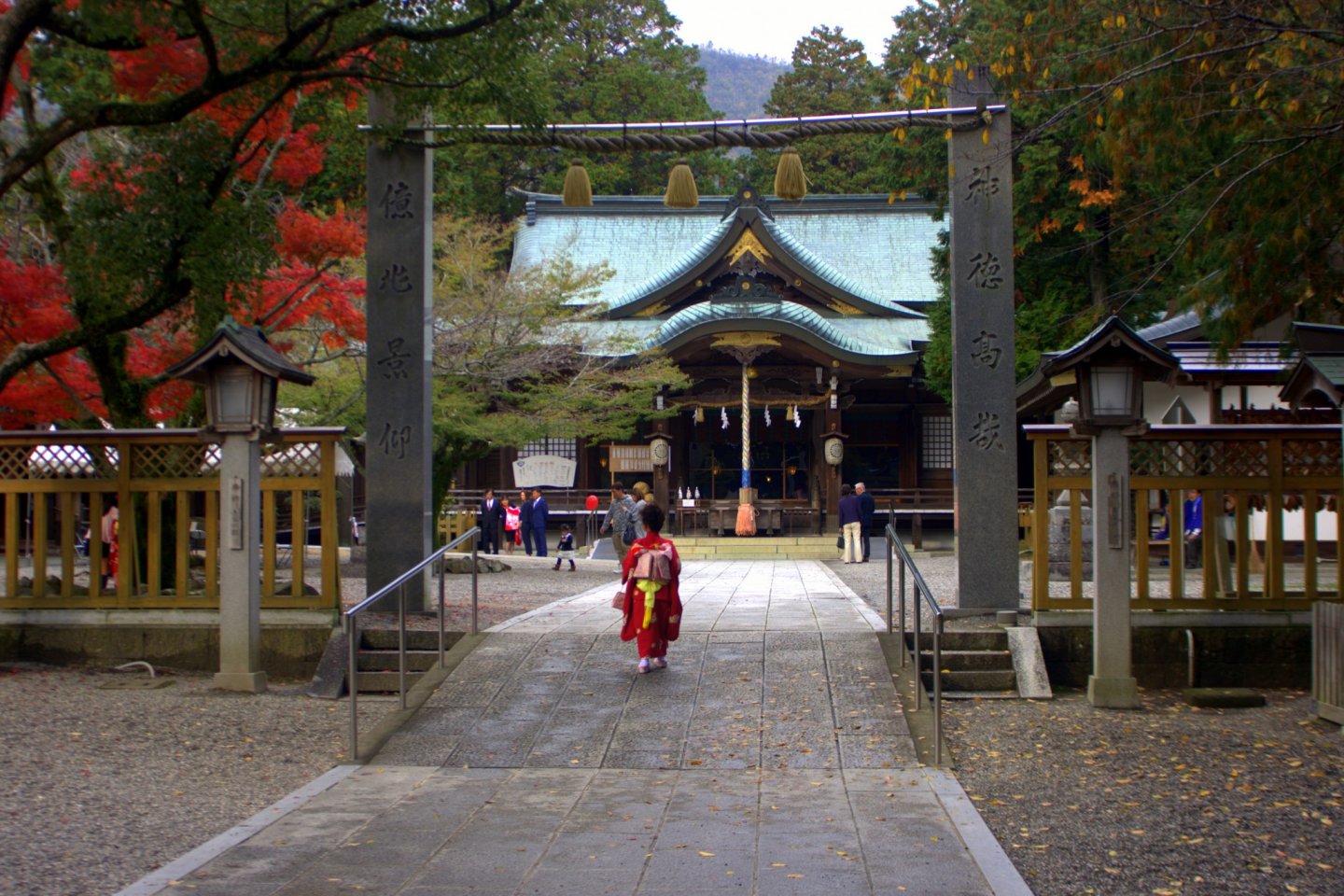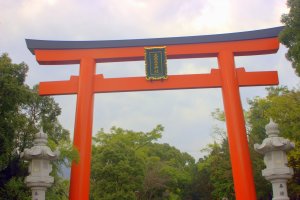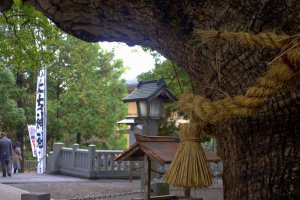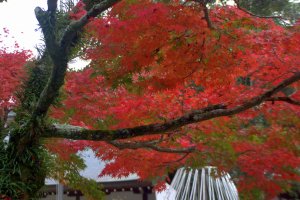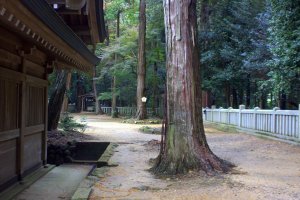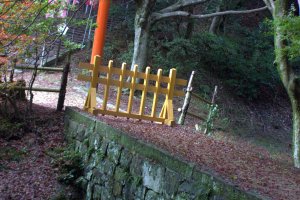Ooasahiko Shrine (大麻比古神社) in Naruto City, Tokushima, has an immensely long and storied history. It has long been one of the more important shrines in Japan and it is arguably the most important shrine in Tokushima. Painted and carved into wooden signs as you enter, it says ‘Awa-no-Ichi-no-Miya’, stating that it is the number one shrine in Awa (Tokushima’s pre-modern domain).
Nestled in a forested little town at the feet of the mountains, you can find this secluded shrine to be quite popular year round. Hosting over a dozen festivals throughout the year, many weddings, and coming of age ceremonies, this is one of the regions central shrines.
The shrine houses two gods, the first of which gives the shrine its name. The shrine was established when, through divine revelation, a noble of holy ancestry (his grandfather is one of the two deities that convinced the sun goddess to come out of her cave and restore light to the world), brought hemp seeds to Tokushima for cultivation. This was during the legendary reign of Emperor Jimmu. From that time hemp was a leading industry in the area which brought great prosperity to the local people. For this reason Ame-no-Tomi-no-Mikoto was enshrined under the name Ooasahiko-no-Okami (Ooasa means hemp) and a shrine was erected to house him. Later Sarutahiko-no-Okami, the patron god of martial arts, would also become enshrined here.
The first historical evidence concerning the existence of the shrine dates to the Engishiki of the 9th century, a registry of a few thousand shrines that were patronized by the royal family. Since then it continued to rise in importance and popularity on a national level for the next thousand years. It currently stands at the class known as kokuheichusha, which means it receives funding from the national treasury. It began receiving this funding shortly after the Meiji restoration which led to a great restoration project in 1890. Although it still holds this national distinction the shrine is no longer of national fame and is visited mostly by local residents of Tokushima Prefecture.
During World War 1, several hundred captured German and Austrian prisoners of war were housed at a military prison near Ooasahiko Shrine. The prisoners eventually became a part of the community, designing two stone bridges for the shrine called German Bridge (ドイツ橋) and Glasses Bridge (メガネ橋). To commemorate their friendship with the local people a museum called the German House was also built.
